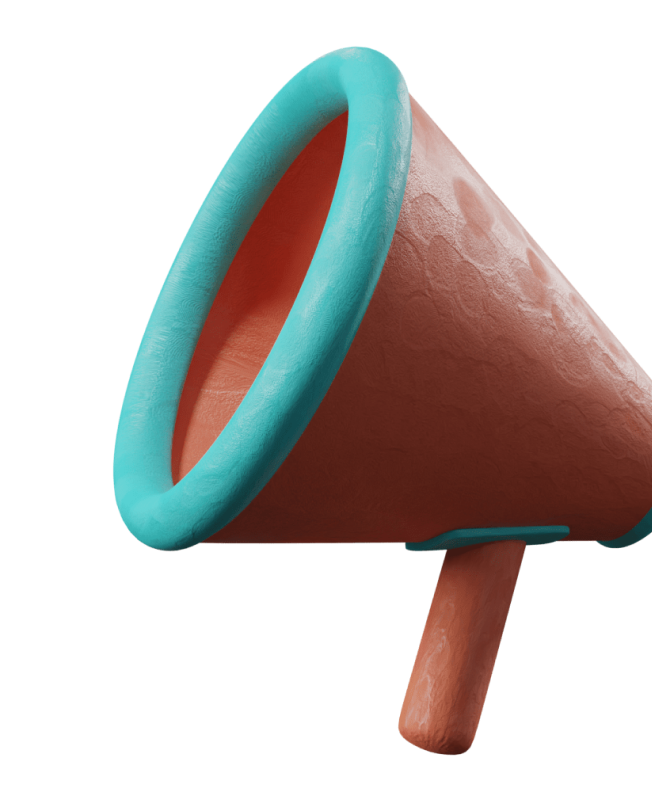
by Google
YouTube is the world's largest video platform with over 2 billion monthly active users. With such a huge amount of content, it would be impossible for viewers to find all the relevant videos on their own. That's why YouTube uses a system, an algorithm, that recommends videos to viewers based on their interests and behavior.
We often encounter questions like: “Why does YouTube recommend my video?” or “Why doesn't it recommend it?”. This article will explain how YouTube works with recommendations and what you can do to your content reach the largest possible audience.
YouTube does not recommend videos
One of the biggest misconceptions is that YouTube itself "pushes" videos for viewers. In fact, this system works in such a way that it does not try to "push" specific videos, but tries to individually select the best videos for the viewer. In other words, it tries to personalize the content for each person. YouTube's algorithm tries to predict what content will interest the viewer the most at a given moment and recommends such videos to them.
Video metrics such as click-through rate (CTR) or average watch time do not play such a big role. YouTube focuses on the preferences of individual viewers, because content that is relevant to one person may not interest another.

Personalization based on viewer behavior
As we mentioned earlier, the YouTube algorithm works on the basis of personalization. This means that it analyzes the behavior of each user individually. It monitors what videos they watch, how long they watch them, what they like or click on.
YouTube also compares the interests of similar viewers, i.e. viewers with similar viewing interests. If several similar viewers watch certain videos, the system assumes that they might also interest you. YouTube even takes into account the time of day and device. For example, if you watch the news in the morning and comedy in the evening, YouTube tries to understand this and adapt the recommendations accordingly. It works similarly to recommendations with friends - you ask what movie is worth watching and you get tips based on your friend's taste.

Which metrics should you focus on?
If you're a creator, you're probably wondering which metric is most important - click-through rate (CTR), average watch time, or something else? The truth is, it's probably impossible to generalize it and universally determine one thing that will guarantee your success. Different factors have different importance, especially depending on the context. On TV screens, total watch time is important, with music videos, watch time may not matter as much, and with short formats, the speed of viewer engagement plays the biggest role.
It is important to understand that YouTube is not only trying to maximize views, but also the value that the viewer gets from the video. Quality over quantity. That is why YouTube has also included viewer satisfaction in the algorithm - it directly collects feedback through surveys and ratings.

How to handle a drop in viewership?
A drop in viewership can scare any creator, but it is important to understand that such fluctuations are normal and common. Both the audience and trending topics change and have a limited lifespan. What to do in such a case?
Analyze long-term trends - long-term does not mean for the last month, but for the whole year. Look at the development throughout the year and see if there are any seasonal fluctuations.
Use Google Trends - find out if the topic of your videos is on the decline and focus on something else.
Check the “Subscriptions” tab - if your fans aren’t watching your videos, the problem may be in the preview or content structure.
If a new trend appears, only the first few videos on this topic will have high viewership. If hundreds of similar videos are added later, the views will be spread across multiple creators.
Is multilingual content a new opportunity for growth?
YouTube has introduced support for multilingual audio tracks and dubbing in recent years, which opens up new possibilities for creators. If you are dubbing your videos, don't forget to translate the titles and descriptions, as this makes the content easier to index and search in different countries.
Index = record and organize information so that it is easily searchable. For search engines like Google and YouTube, it is the process by which the system crawls content, stores it in a database, and allows it to be displayed in search results.
It has been found that channels that dub at least 80% of their watched videos into other languages have greater success than those that dub only a smaller portion of their content.

AI and the Future of Recommendation Algorithms
YouTube is trying to implement large language models (LLMs) into its recommendation system to better understand content and viewer preferences. These models can recognize specific details, such as specific ingredients in a cooking video or the emotional tone of the creator.
Small models rely on "memorization" - they remember which videos worked well with a certain audience. On the contrary, large models can predict the success of videos even in new contexts. YouTube is gradually becoming an "experienced chef" that can flexibly adjust recommendations according to current conditions and viewer preferences.

So how do you optimize content for YouTube?
Focus on value for the viewer, not just numbers. Follow long-term trends and analyze them, not just short-term fluctuations. Also follow and analyze competitors and think about demand and supply. If you work with multiple languages, make sure to have quality dubbing, translation, or subtitles. And of course, adapt your content to your audience's behavior.
Understanding the YouTube algorithm is essential to success on this platform. The algorithm is constantly evolving to provide the most relevant content for each user. Creators who can adapt to these changes and understand their audience's behavior will have a better chance of success.
Source: https://youtu.be/dhYIb72L1hU?si=7hpnO7gK-raPKiwg






